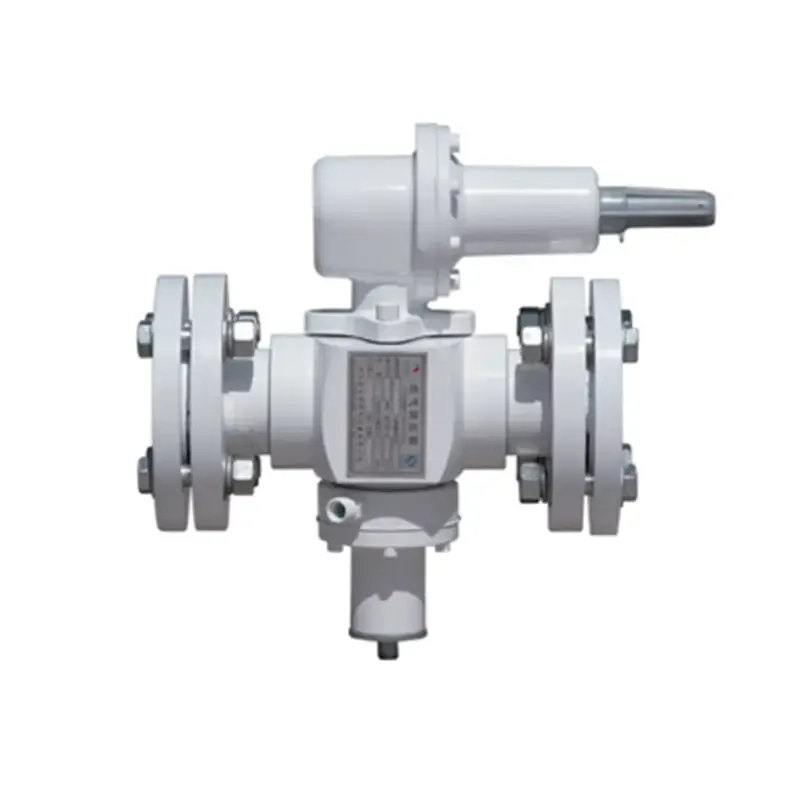
Nov . 14, 2024 11:41
Back to list
reducing station
Reducing Stations The Unsung Heroes of Pressure Management
In the world of industrial processes, reducing stations play a vital role in ensuring that the flow of gases and liquids is controlled efficiently and safely. These facilities are integral to various sectors, including oil and gas, water distribution, and chemical manufacturing. By managing high-pressure systems and reducing pressures to safe levels, reducing stations enhance operational efficiency, protect equipment, and ensure safety for workers and the environment.
A reducing station, often referred to as a pressure-reducing station, is primarily designed to modify the pressure of gases or liquids before they are transported or utilized in various processes. This is particularly important in scenarios where high pressure poses risks, such as in pipelines transporting natural gas. The components of a reducing station typically include pressure regulators, control valves, and sometimes, filtration systems to ensure that the medium passing through is free from impurities that could damage downstream equipment.
One of the key functions of a reducing station is to maintain a constant outlet pressure regardless of changes in inlet pressure or demand flow. This is achieved through sophisticated control systems that adjust the position of valves based on real-time measurements. In an oil and gas scenario, for example, a reducing station can convert high-pressure natural gas from a transmission line into a usable pressure for distribution to homes and businesses, ensuring that end-users receive a consistent and safe supply.
The design of a reducing station must take into account several factors
. The expected range of inlet and outlet pressures, the type of fluid being handled, and the anticipated flow rates all influence the size and configuration of the system. Additionally, safety is a paramount concern; robust safety protocols and equipment must be in place to handle any unexpected surges in pressure or mechanical failures. This emphasis on safety extends to regular maintenance checks and monitoring systems that can detect abnormalities in pressure and flow, allowing for timely interventions.reducing station

In recent years, the evolution of reducing stations has been marked by advancements in technology. Automation and real-time data analytics are revolutionizing the way these stations operate. Smart sensors can detect fluctuations in pressure and adjust the valves automatically, which not only optimizes the performance of the reducing station but also minimizes the risk of human error. Moreover, data gathered from these systems can be analyzed to predict maintenance needs, thus preventing costly downtime and improving overall equipment reliability.
The environmental impact of reducing stations is also significant. By ensuring that gases and liquids are maintained at safe pressures, these stations reduce the risk of leaks and explosions, which can have devastating consequences for both human life and the environment. This aspect of reducing stations is increasingly important in our current climate, where industries are under pressure to reduce their carbon footprints and enhance sustainability practices.
Furthermore, as industries shift towards renewable energy sources, the role of reducing stations might evolve. For example, as hydrogen becomes a more prevalent fuel source, the design and function of reducing stations will need to accommodate different properties and pressures associated with hydrogen gas. The adaptability of reducing stations is crucial in this context, enabling industries to transition smoothly to newer energy forms while maintaining safety and efficiency.
In conclusion, reducing stations serve as the unsung heroes of pressure management across various industries. Their ability to safely lower and control pressures not only optimizes processes but also protects both personnel and the environment. As technology continues to advance and industries evolve, the significance of these stations will only grow, underscoring the need for continued innovation and investment in this critical infrastructure. Emphasizing safety, efficiency, and adaptability, reducing stations will remain at the forefront of industrial operations, ensuring a balanced and secure flow of resources.
Next:
Latest news
-
Safety Valve Spring-Loaded Design Overpressure ProtectionNewsJul.25,2025
-
Precision Voltage Regulator AC5 Accuracy Grade PerformanceNewsJul.25,2025
-
Natural Gas Pressure Regulating Skid Industrial Pipeline ApplicationsNewsJul.25,2025
-
Natural Gas Filter Stainless Steel Mesh Element DesignNewsJul.25,2025
-
Gas Pressure Regulator Valve Direct-Acting Spring-Loaded DesignNewsJul.25,2025
-
Decompression Equipment Multi-Stage Heat Exchange System DesignNewsJul.25,2025

